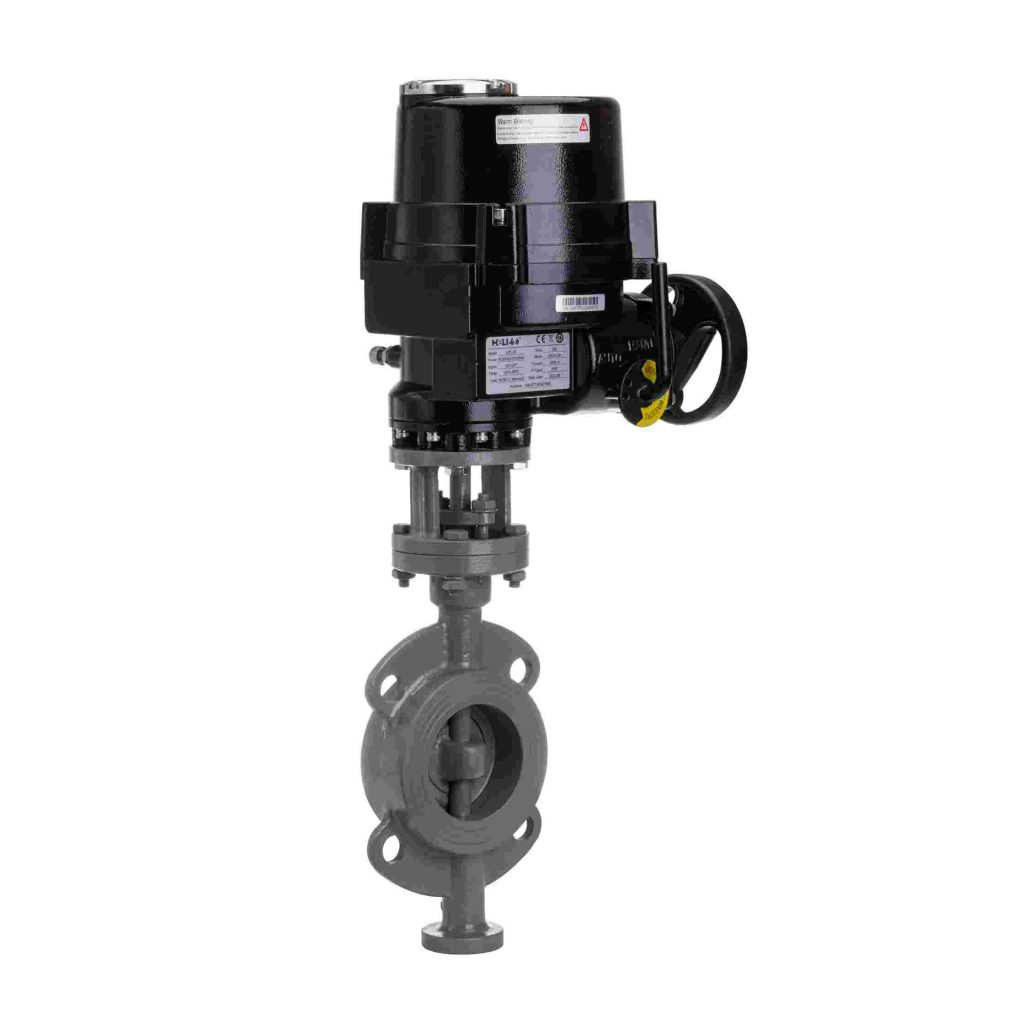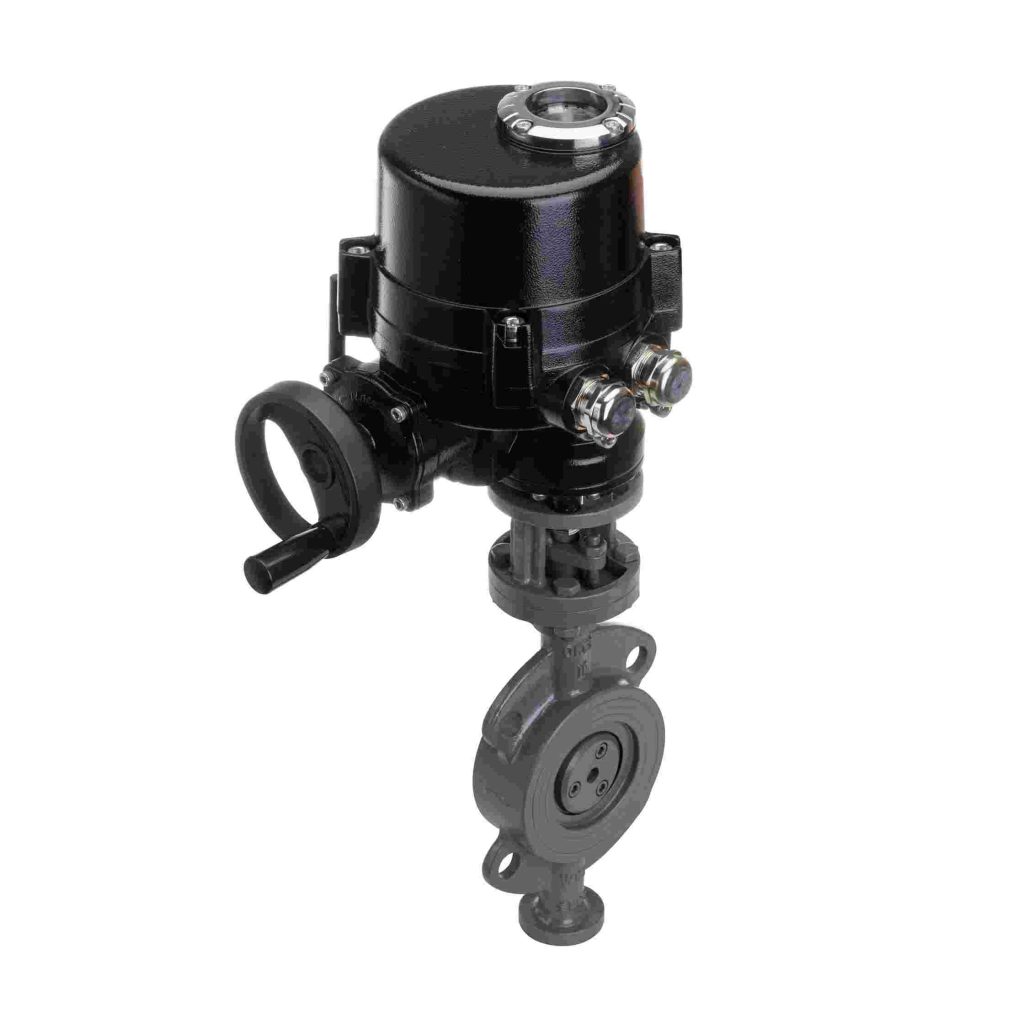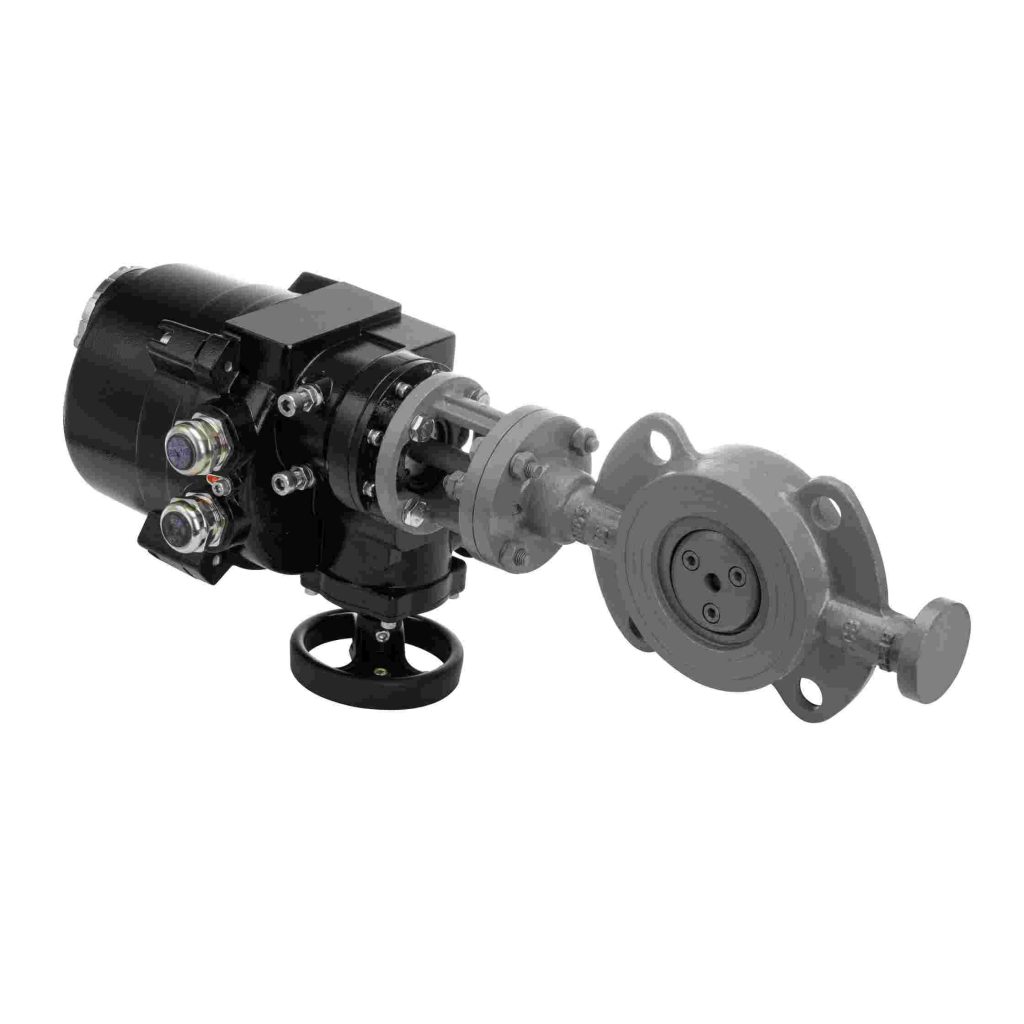In the rapidly evolving world of marine engineering, the demand for efficient, reliable, and environmentally friendly technologies is more significant than ever. Among the innovations gaining traction is the Lithium Battery Marine Electric Butterfly Valve. This sophisticated valve system represents a blend of advanced engineering, sustainability, and operational efficiency. In this article, we will explore the functionality, advantages, and future implications of this cutting-edge technology in marine applications.

Understanding the Butterfly Valve

Before delving into the specifics of lithium battery-operated variants, it’s essential to understand what a butterfly valve is. This type of valve is a quarter-turn rotational valve used to regulate flow. It consists of a circular disc or “butterfly” mounted on a shaft that rotates within a pipe to either allow or block fluid flow. Butterfly valves are renowned for their simplicity, compact design, and ability to manage high volumes of fluid efficiently, making them suitable for various marine applications, from water transport to fuel management. The Role of Electric Actuation Traditionally, butterfly valves are operated manually or pneumatically. However, the introduction of electric actuators has revolutionized their operation. Electric actuators provide precise control over valve positioning, leading to improved response times and enhanced automation capabilities. The integration of lithium batteries with electric actuators makes these systems even more advantageous.

Leave a Reply